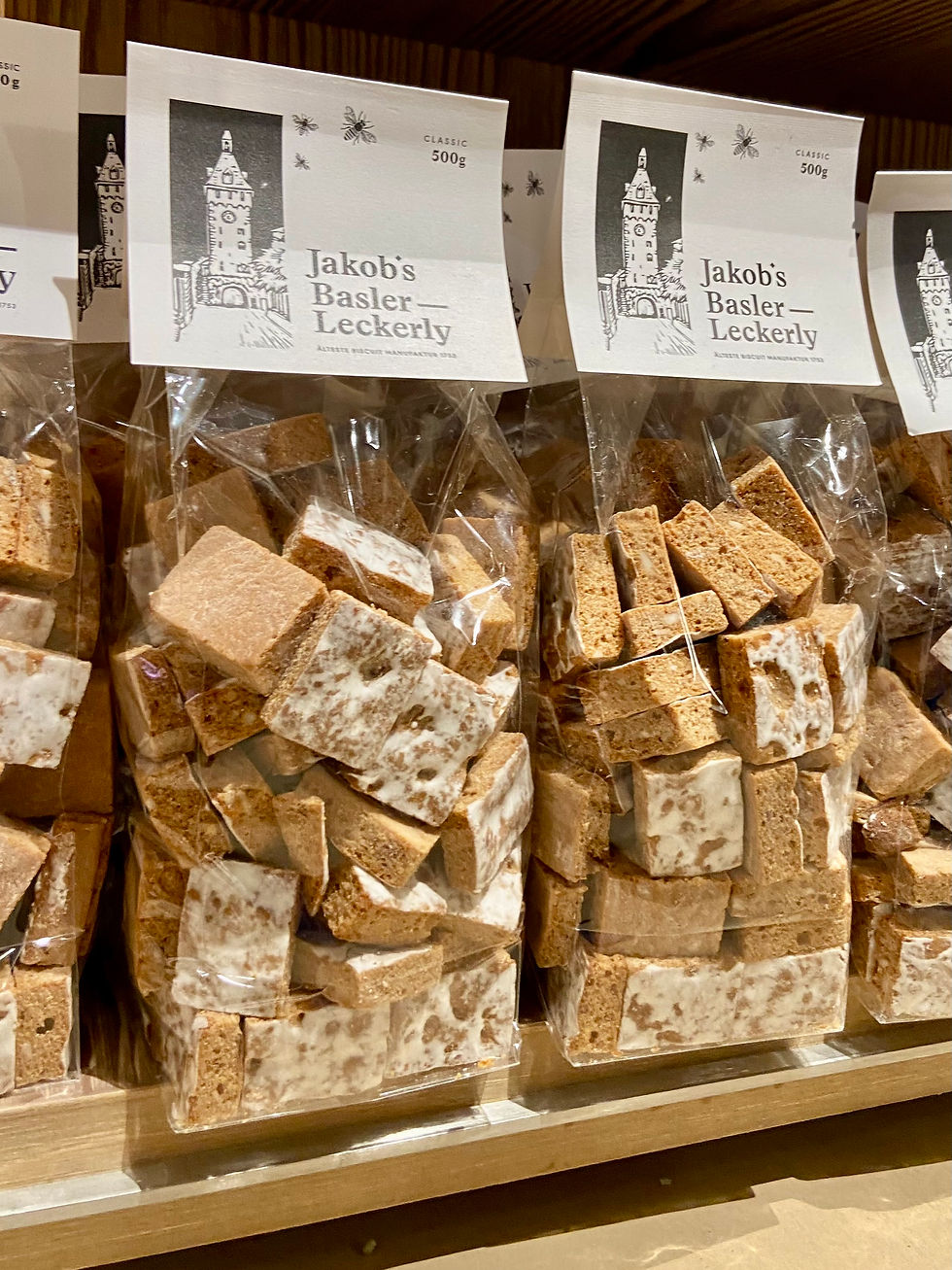Not Your 'Run of the Mill' Flour
- Ariana McBride

- May 18, 2021
- 2 min read

Coming from the United States I was familiar with two types of flour - white and whole wheat. Imagine my surprise then when I walked into the baking aisle at the grocery store to find a plethora of flour types, not only in German, but also with numbers!
For about a year I just grabbed whatever because, honestly, I was just too tired of figuring stuff out. But the whole COVID experience made me up my baking game and it was finally time to sort it out. Here’s what I learned:
Types and Numbers
It turns out that flour is way more complicated than I thought. I went down a rabbit hole of foreign terms like 'extraction rates' and 'ash content' and came out the other side a little confused, but with a basic grasp on the two key things you need to know:
Type of grain: There are many different types of flour to choose from, but the most common is wheat (Weichweizen). This can also go by other names: weiss or weizen, meaning white wheat flour and vollkorn, meaning whole wheat flour, but also halbweiss, which is a mix of white and whole wheat flour. There are also numerous other flours made with more exotic grains including: rye (Roggen), barley (Gerste), corn (Mais), rice (Reis), buckwheat (Buchweizen) and chestnut (Maroni).
Fun fact. Switzerland is famous for its cornflour. A special variety known as Rheintaler Ribelmais is made in St Gallen out of heirloom sweetcorn and another variety Farina Bòna is made out of roasted corn kernels in Onsernone Valley in Ticino.
The German flour type numbers (Mehltypen): If you want to get technical, this number refers to the amount of ash in milligrams that is left over after burning 100g of the dry flour. Sound like nonsense? Don't worry the you don't need to know all the science, but the table below gives you a general indication of what number each type is used for:

There may not be a direct equivalent to what you were using in your home country so you’ve got to do a little comparison to find out what will work best. Here’s a handy chart comparing flour types across 15 countries and another that offers a few more country comparisons.
For those who are interested. Ash content refers to the amount of minerals that are left after the flour is burnt. The higher the ash content (things like germ, bran, and the outer endosperm of the wheat do not burn), the less refined a flour and therefore more nutritious. Whole wheat flour, for example has a high ash content, therefore the highest number in the German flour family.
Truth be told, I have been (unintentionally) using different types of flours in my breads, cookies and pie crusts since I got here without too many baking disasters. So, if you are unsure what a particular flour type is just go for it and see what happens!




Comments